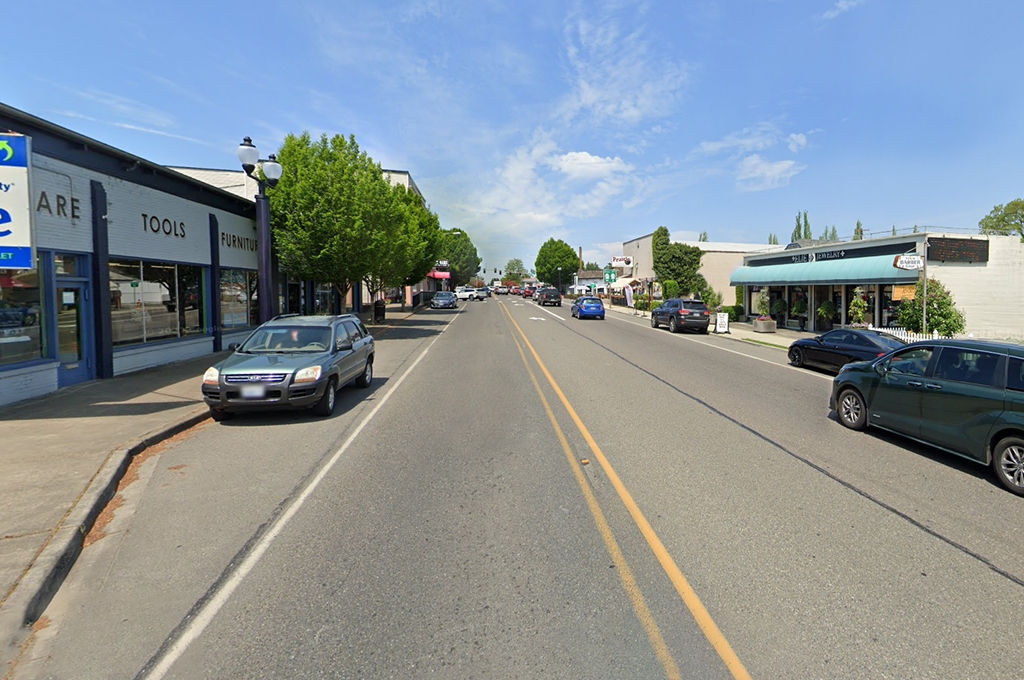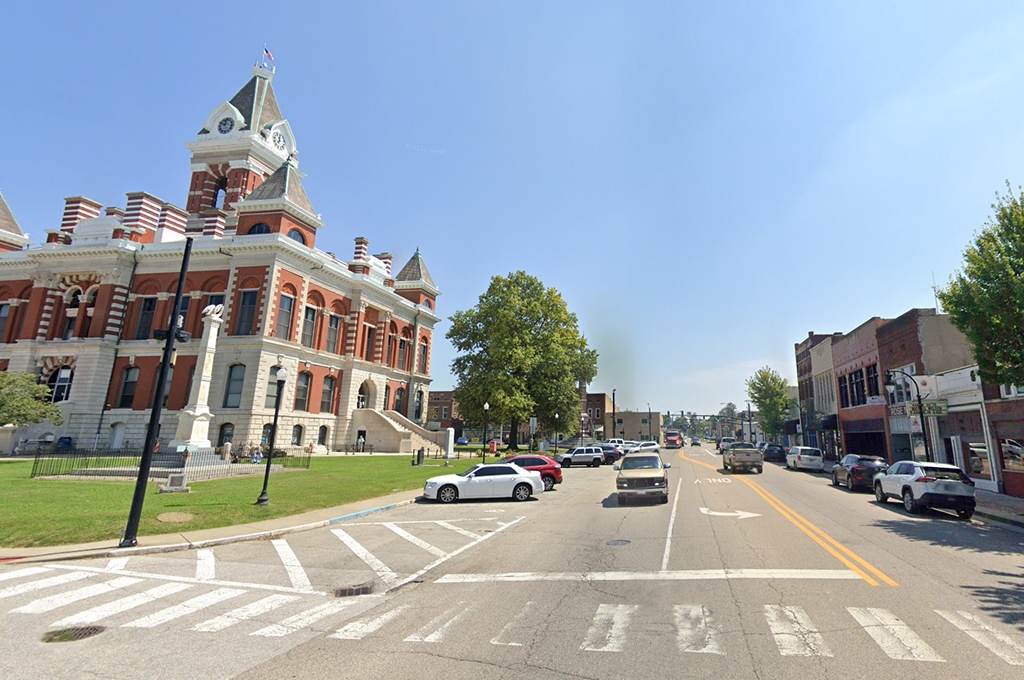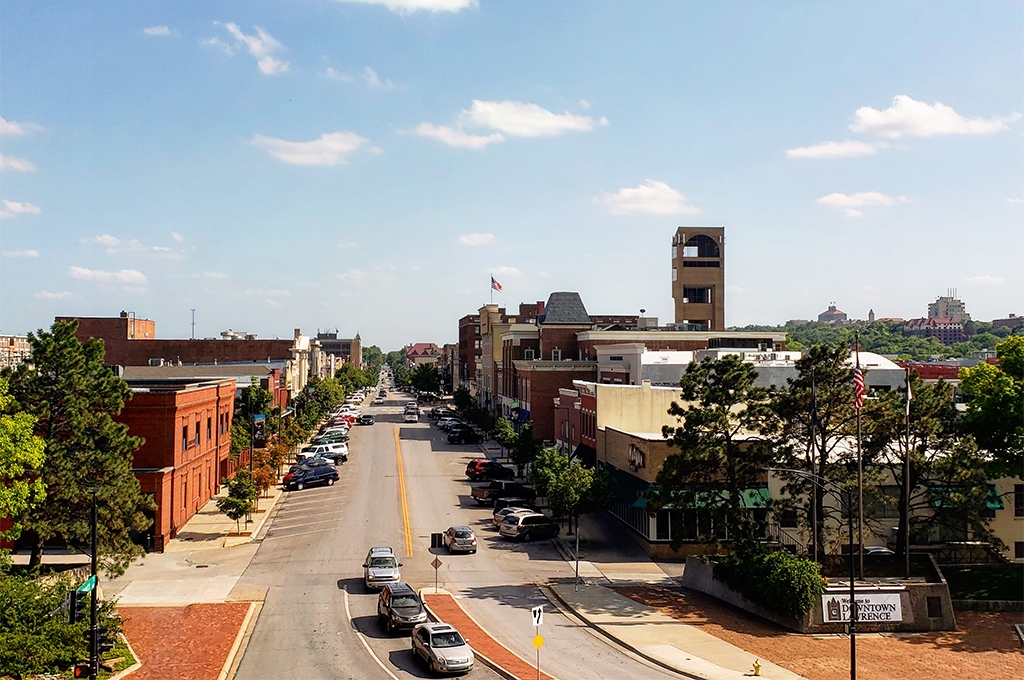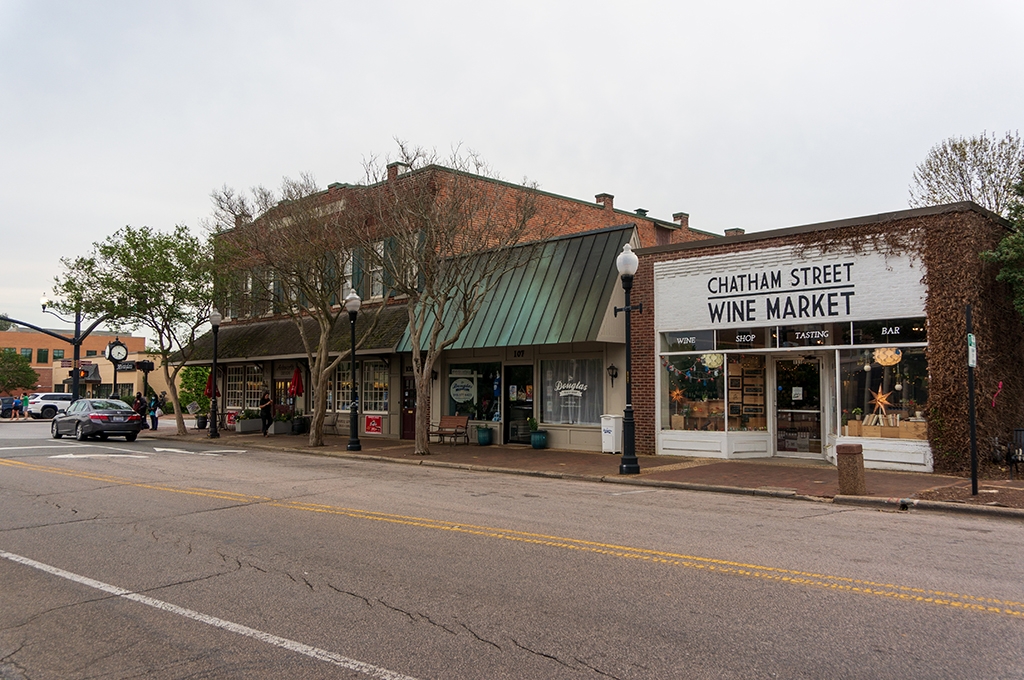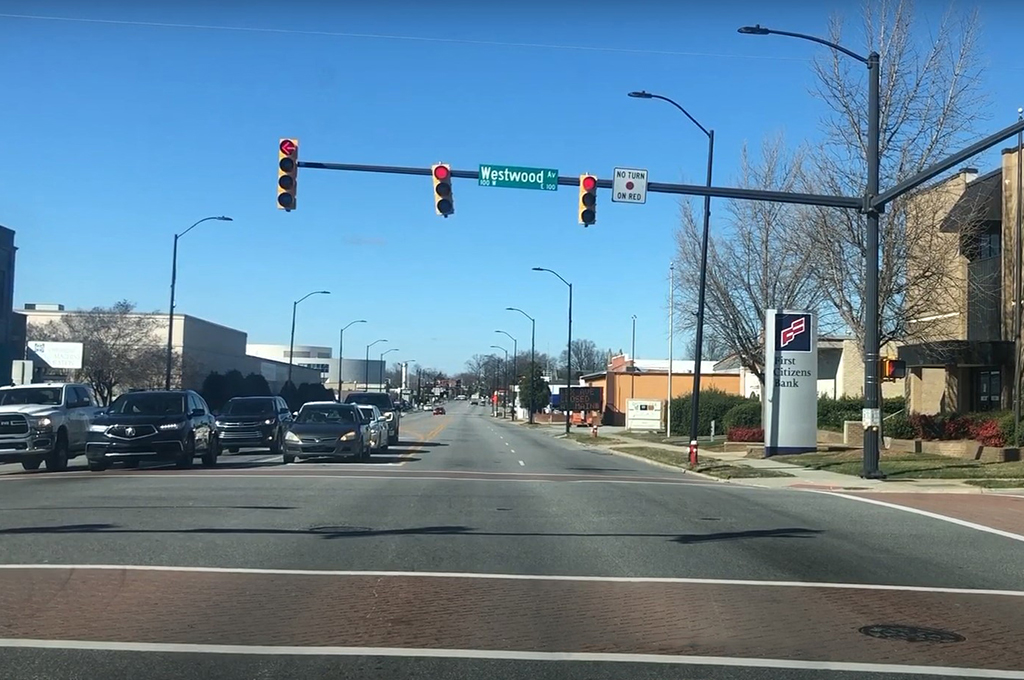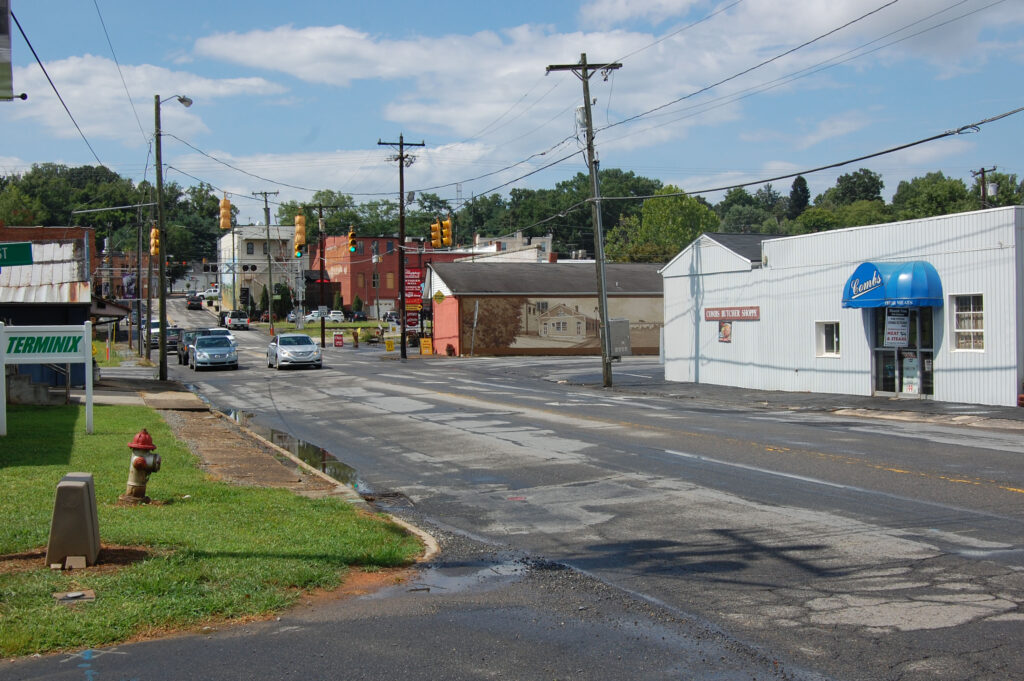
During the PCS, Pavement Authority’s qualified raters are visually recording the severity and extent of each distress and recording this into ArcGIS.
Pavement Condition Survey and Street Resurfacing
City of Lexington, NC
Project Completion Date – Nov 16, 2020
Pavement Authority by WithersRavenel provided a visual pavement condition survey (PCS) for the City using the Long-Term Pavement Performance (LTPP) definitions recommended by the Federal Highway Administration (FHWA) on approximately 125 centerline miles of City-maintained streets. The firm used this method, which involves recording severity and extent for all distresses, because it enables better decision-making from more granular data.
During the PCS, Pavement Authority’s qualified raters are visually recording the severity and extent of each distress and recording this into ArcGIS.
To ensure quality, both raters communicate what they have observed. If they are not in agreement, they re-rate the segment until they reach an agreement.
At the conclusion of the PCS, Pavement Authority used Capital Predictor™ by Dude Solutions™ for the predictive modeling of the City’s pavement. Pavement Authority presented the finding of the PCS and software to Council. It is anticipated the City will incorporate other assets into the software at a later date.
Pavement Authority is currently assisting the City with the FY21 Resurfacing Contact and will be assisting with the construction inspection.


